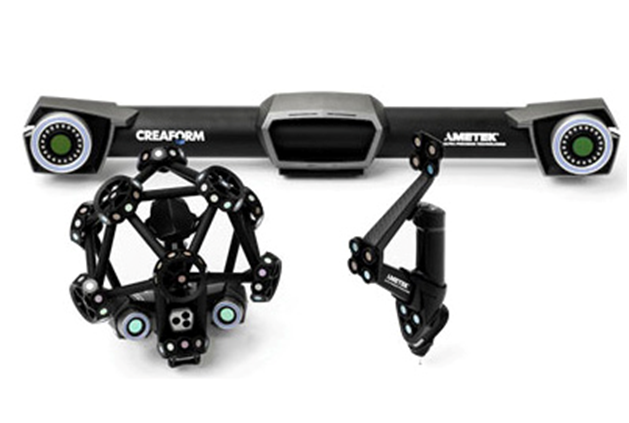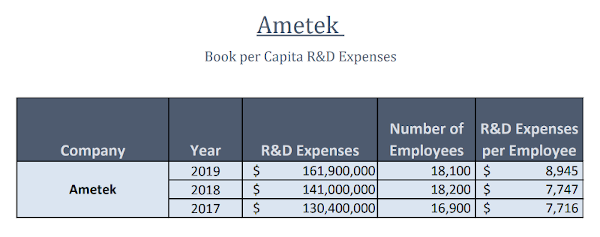
Charles R. Goulding and Ryan Donley examine the “stealth giant” Ametek’s relation to 3D printing.
In their June 22nd article entitled 4 Industrial Stocks to Bet on a Recovery, Barron’s described Ametek as a stealth giant with a market value of $20 billion. The company has 42 unique technology business units. Recently we covered Wabtec the rail technology company discussed in the same article. In the year 2013, Ametek paid $120 million for Creaform, a company that manufactures 3D scanners and provides 3D engineering services. Creafrom scanners include handheld and robot operated scanners. Creaform’s detailed description of its own business is as follows:
“Creaform is a world-class leader in 3D measurement technology as well as 3D engineering services. We develop, manufacture, and distribute disruptive portable and automated 3D scanning solutions to thousands of clients in over 75 countries. Our innovative technology benefits a wide range of industries such as automotive, aerospace, manufacturing, consumer products, research & education, NDT, heavy industries, and power generation.”
Ametek’s business units include Advanced Motion Solutions, Aerospace and Defense OEM & MRO, Chemical Products, Materials Analysis, Speciality Metal Products, and several other hubs of technology. Ametek has been measurably increasing its new product development expense as presented below.

*Additive manufacturing and related activities could be eligible for the R&D Tax Credit, which is briefly described below:
The Research and Development Tax Credit
Enacted in 1981, the now permanent Federal Research and Development (R&D) Tax Credit allows a credit that typically ranges from 4%-7% of eligible spending for new and improved products and processes. Qualified research must meet the following four criteria:
- Must be technological in nature
- Must be a component of the taxpayer’s business
- Must represent R&D in the experimental sense and generally includes all such costs related to the development or improvement of a product or process
- Must eliminate uncertainty through a process of experimentation that considers one or more alternatives
Eligible costs include US employee wages, cost of supplies consumed in the R&D process, cost of pre-production testing, US contract research expenses, and certain costs associated with developing a patent.
On December 18, 2015, President Obama signed the PATH Act, making the R&D Tax Credit permanent. Since 2016, the R&D credit has been used to offset Alternative Minimum Tax (AMT) for companies with revenue below $50MM and, startup businesses can obtain up to $250,000 per year in payroll tax cash rebates.
Conclusion
Ametek is indeed an industrial stealth giant. It will benefit the 3D printing community to follow the developments at this company.
